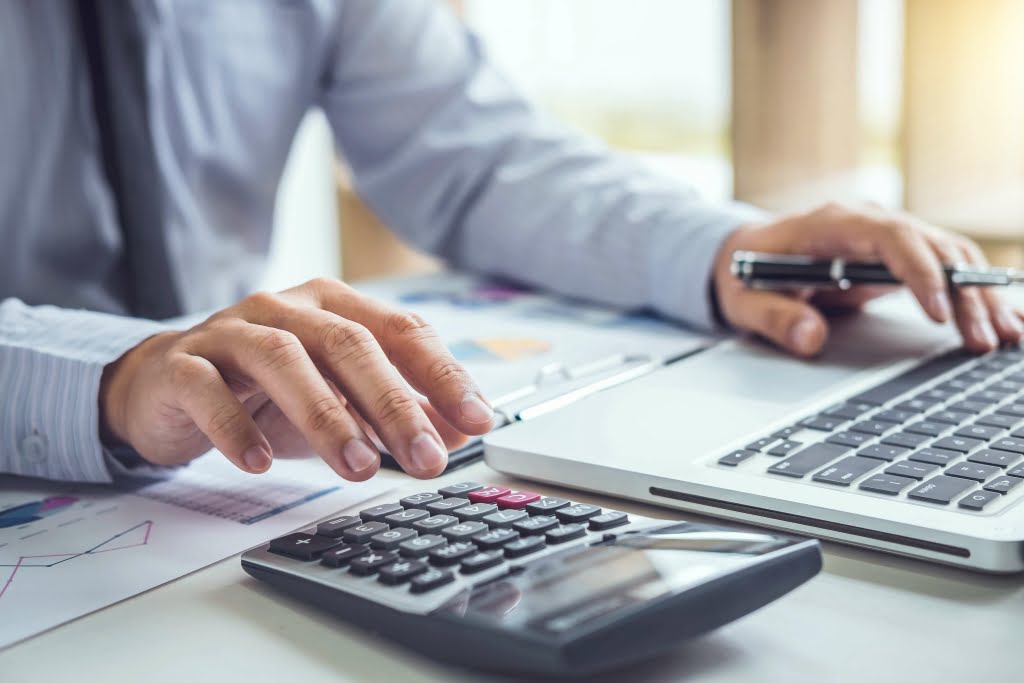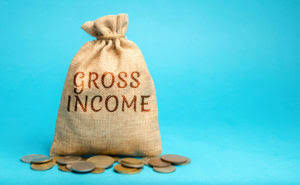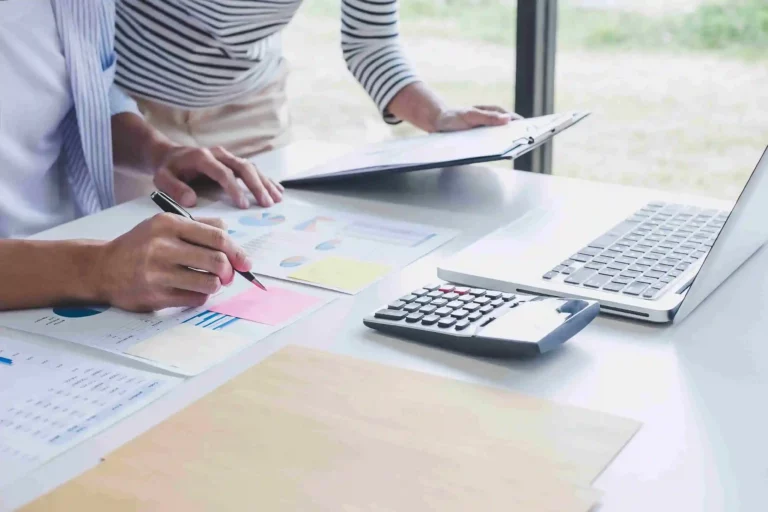
This stock is a previously outstanding stock that is purchased from stockholders by the issuing company. Shareholders’ equity reflects how much a company has left after paying its liabilities. Like assets, liabilities can be classified as either current or noncurrent liabilities. Current assets are typically those that a company expects to convert easily into cash within a year. If the company takes $10,000 from its investors, its assets and stockholders’ equity will also increase by that amount. While stakeholders and investors may use a balance sheet to predict future performance, past performance does not guarantee future results.
- These accounts vary widely by industry, and the same terms can have different implications depending on the nature of the business.
- Regardless of the size of a company or industry in which it operates, there are many benefits of reading, analyzing, and understanding its balance sheet.
- However, this depends on the lender’s policies and the specific circumstances of the loan.
- After you have assets and liabilities, calculating shareholders’ equity is done by taking the total value of assets and subtracting the total value of liabilities.
- Learning the different bank account types and how they differ will help you set up the right system for your personal or business banking needs.
- In banking, it represents the remaining money in a bank account ready for spending.
- A trial balance can be used to detect any mathematical errors that have occurred in a double entry accounting system.
What is a balance sheet?
Let’s break down why this document is so important for checking financial health and making smart decisions. An account balance is the amount of money present in a financial repository during the current accounting period. It is the net difference between the credits and debits posted in any given accounting cycle, added to the balance carried forward from the previous month. Overall, a balance sheet is an important statement of your company’s financial health, and it’s important to have accurate balance sheets available regularly. Balance sheets are important because they give a picture of your company’s financial standing.
More from Merriam-Webster on balance
- We’re diving into the nitty-gritty of current assets, non-current assets, current liabilities, and long-term liabilities.
- While an asset is something a company owns, a liability is something it owes.
- If the figures are not the same, something has been missed or miscalculated and the books are not balanced.
- Utilizing online investment platforms and working with financial advisors can assist in managing investment account balances.
- Often, the reporting date will be the final day of the reporting period.
- Current and non-current assets should both be subtotaled, and then totaled together.
For information pertaining to the registration status of 11 Financial, please contact the state securities regulators for those states in which 11 Financial maintains a registration filing. With this information, a company can quickly assess whether it has borrowed a large amount of money, whether the assets are not liquid enough, or whether it has enough current cash to fulfill current demands. Activity ratios mainly focus on current accounts to reveal how well the company manages its operating cycle.
Available Credit vs. Account Balance
Current liabilities are customer prepayments for which your company needs to provide a service, wages, debt payments and more. The balancing of the TB does not however mean that the accounting records are correct, it simply means that for every debit there was a corresponding credit. It does not tell you that the debits and credits are correct or whether both sides of an entry have been completely missed out of the accounting records. The TB is not part of the accounting records, it is extracted from the records as part of the accounting cycle to be used as the starting point for the production of the Financial Statements. It is a basic check to ensure that your accounting records balance, that the accounting equation has been satisfied, and that every debit had a corresponding credit. If the TB does not balance, assuming it has been prepared properly, it means there is an error in the accounting records.
Depending on the kinds of business transactions that have occurred, accounts in the ledgers could have been debited or credited during a given accounting period before they are used in a trial balance worksheet. Furthermore, some accounts may have been used to record multiple business transactions. Balance sheets can tell you a lot of information about your business, and help you plan strategically to make it more liquid, financially stable, and appealing to investors. But unless you use them in tandem with income statements and cash flow statements, you’re only getting part of the picture.
Components of a Balance Sheet
For some accounts, such as brokerage and checking accounts, the current balance can reflect the present value of the sum of funds for specific accounts. The account balance tends to fluctuate over time, especially when the account holder is continuously making investments. The former is commonly represented in financial accounts that include recurring bills, such as utility bills or gym membership bills. On the other hand, the latter is expressed in financial accounts with negative cash balances, such as bank overdrafts. The account balance in banking also involves payments made from a bank account.
Without knowing which receivables a company is likely to actually receive, a company must make estimates and reflect their best guess as part of the balance sheet. A liability is any money that a company owes to outside parties, from bills it has to pay to suppliers to interest on bonds issued to creditors balancing in accounting to rent, utilities and salaries. Current liabilities are due within one year and are listed in order of their due date. Long-term liabilities, on the other hand, are due at any point after one year. The balance sheet provides an overview of the state of a company’s finances at a moment in time.
Is there any other context you can provide?

Noncurrent assets are long-term investments that the company does not expect to convert into cash within a year or have a lifespan of more than one year. In order to see the direction of a company, you will need to look at balance sheets over a time period of months or years. However, it is crucial to remember that balance sheets communicate information as of a specific date. It is also possible to grasp the information found in a balance sheet to calculate important company metrics, such as profitability, liquidity, and debt-to-equity ratio.
Here’s how you can balance your boss’s expectations with your work-life harmony in accounting.




Add comment